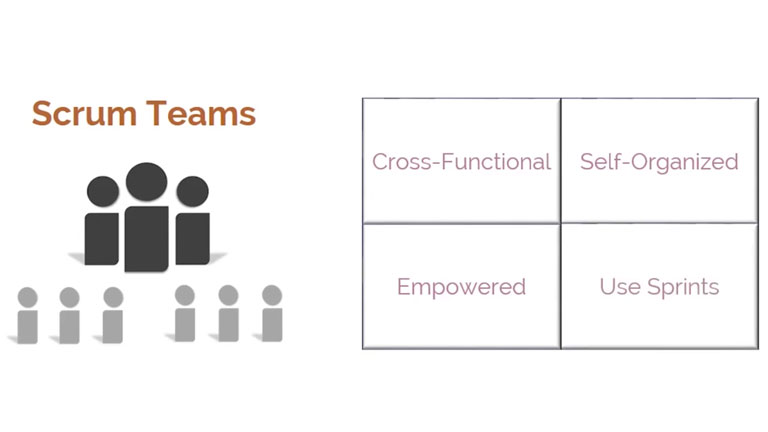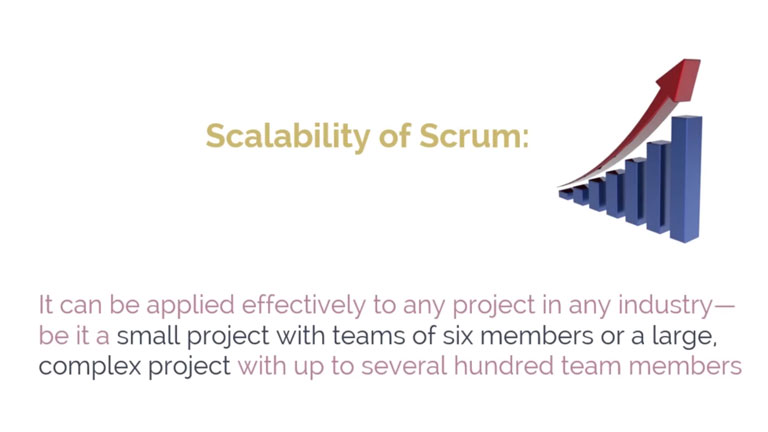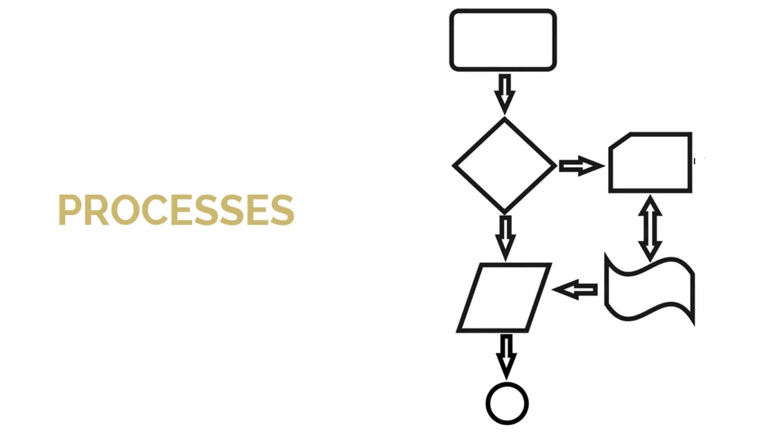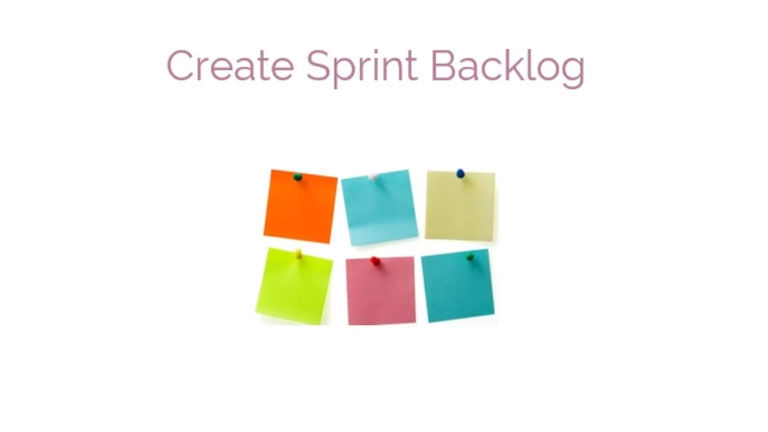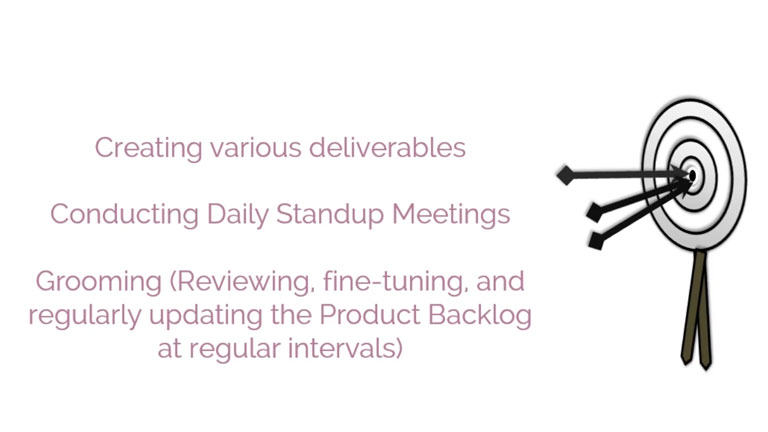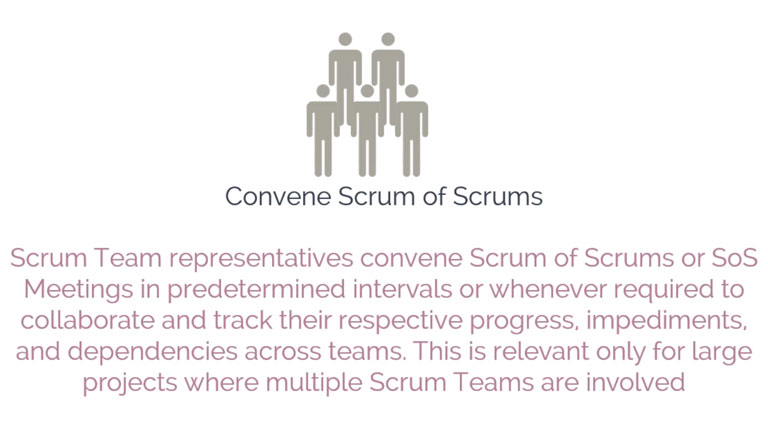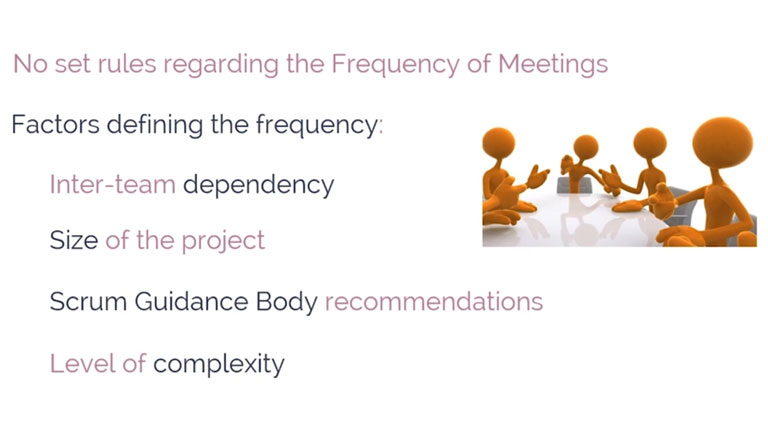Back to Instructor-led Scrum Master Certified Certification
Course Overview
Scrum Master Certified (SMC®) professionals are facilitators who ensure that the Scrum Team is provided with an environment conducive to completing the project successfully. Successful candidates will be awarded the Scrum Master Certified (SMC®) certification by SCRUMstudy™ after passing the certification exam.
SCRUMstudy™ course methodology is designed by experts with extensive experience in the field of professional training and education. It combines our extensive knowledge of Scrum/Agile with innovative methods of course delivery to provide a practical understanding of Scrum/Agile concepts.
| Topics | ||
|---|---|---|
| Day 1 | Introduction: This session describes the purpose and framework of the SBOK® Guide and provides an introduction to the key concepts of Scrum. It also provides a summary of Scrum principles, Scrum aspects, and Scrum processes. |
Introduction to Scrum
|
| Agile Overview: This session discusses the concept of Agile and the various Agile methodologies. |
Agile Overview
|
|
| Scrum Overview: This session discusses in detail the principles, aspects, and processes of Scrum. |
Scrum Overview
|
|
| Scrum Roles: This session discusses the roles and responsibilities of the core and non-core roles associated with a Scrum project. |
Introduction to Organization
|
|
| Exercise - Iteration Ball Passing: This is an exercise to gain insight into team velocity and the value of doing things in rapid iteration. | ||
| Scrum Project Phases – Initiate: This session describes the processes related to initiation of a project such as Create Project Vision; Identify Scrum Master and Stakeholder(s); Form Scrum Team; Develop Epic(s); Create Prioritized Product Backlog; and Conduct Release Planning. |
Initiate- Introduction
|
|
| Case Study - Product Vision (Optional) | ||
| Case Study - Create Product Backlog | ||
| Day 2 | Scrum Project Phases - Plan & Estimate: This session deals with the processes related to planning and estimating tasks such as Create User Stories; Approve, Estimate, and Commit User Stories; Create Tasks; Estimate Tasks; and Create Sprint Backlog. |
Plan and Estimate-Introduction
|
| Exercise – Estimation: This is an exercise to estimate the duration of sprints. | ||
| Case Study - Sprint Planning | ||
| Scrum Project Phases – Implement: This phase is related to the execution of tasks and activities for creating a project's product. The processes covered in this session include creating the various deliverables, conducting Daily Standup Meetings, and grooming (i.e., reviewing, fine-tuning, and regularly updating) the Product Backlog at regular intervals. |
Implement-Introduction and Create Deliverables
|
|
| Case Study - Paper Prototyping & Daily Standup. | ||
| Scrum Project Phases - Review & Retrospect: The Review and Retrospect phase is concerned with reviewing the deliverables created, and determining ways to improve practices and methods used for project execution. |
Review and Retrospect - Introduction
|
|
| Case Study - Sprint Review Meeting, Retrospective Meeting. | ||
| Scrum Project Phases – Release: The Release phase deals with handover of Accepted Deliverables to the customer and identifying, documenting, and internalizing the lessons learned during the project. |
Release-Introduction
|
|
| Scalability of Scrum: session describes how the Scrum framework facilitates coordination among multiple Scrum Teams, enabling effective product delivery in larger projects. This also discusses how the Scrum framework can be applied to manage programs and portfolios. |
Scaling Scrum for Large Projects
|
|



